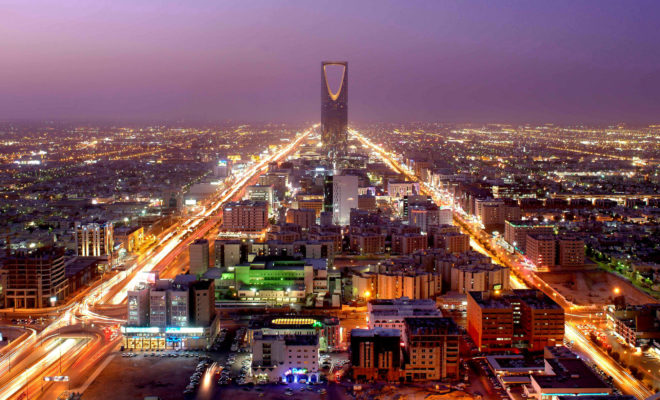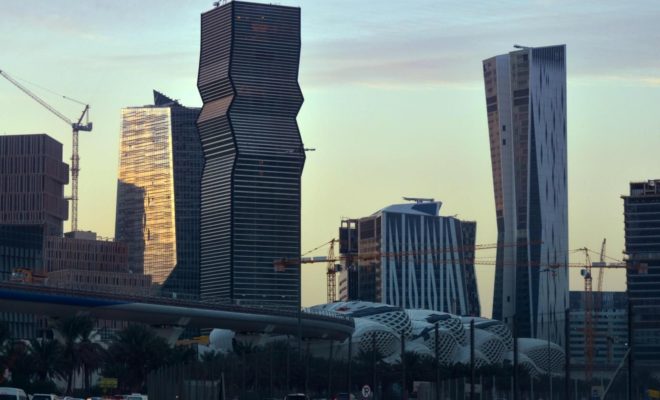Saudi Arabia plans to decrease domestic oil production by one million barrels per day (b/d).

Saudi Arabia wants to cut domestic liquid hydrocarbon use by 1 million barrels a day to be used “better,” according to the kingdom’s Energy Minister, Prince Abdulaziz bin Salman. According to previous S&P Global Platts Analytics figures, the kingdom — the Gulf’s largest economy was consuming about 491,000 b/d of oil for industrial usage and power production at the peak of its summer demand in 2019. In 2015, at the height of summer during a record year for demand, the US Energy Information Administration projected the number to be closer to 1 million b/d.
“If we are to retain our status as a long-term carbon supplier, we must be creative and collaborative enough to ensure that these hydrocarbon resources are monetized and used more effectively,” the Saudi minister said during the Berlin Energy Transition Dialogue, which was broadcast live online on March 16. “We’re starting a sustainability campaign to see if there are any ways to use hydrocarbons in different ways, especially in terms of materials, that will have no negative effect on the atmosphere.”
Reduced domestic demand could also help Saudi Aramco boost its long-term surplus capacity from 1.5 million to 2 million barrels per day, as it has in the past. Due to its self-imposed cuts with OPEC+, which reduced supply to 8.13 million b/d in February, the kingdom now has cruder available from its 12 million b/d production potential, according to the most recent S&P Global Platts report, shipments are below 6 million barrels per day.
Increases in domestic gasoline and electricity costs, according to the King Abdullah Petroleum Studies and Research Center, will effectively improve export potential by over 75,000 b/d while reducing carbon emissions by 97 million tons annually. “We will introduce a liquid displacement policy this year to reduce our petroleum and petroleum product use in all utilities,” Prince Abdulaziz said.
Hydrogen propulsion
Via numerous reforms and the extension of gas-fired generation plants for electricity and desalination, Saudi Arabia and other states have made progress in reducing fuel burn in the power sector. Following the implementation of stricter regulations on shipping fuel under the IMO 2020 deal, the kingdom’s power sector could have benefited from the availability of heavier fuel oil in the field. Based on hydrocarbons According to the IMF, Saudi Arabia wants a breakeven price of about $80/b to fund its spending.
Meanwhile, according to Prince Abdulaziz, Saudi Arabia is moving forward with climate change mitigation efforts in the energy market. These include a $5 billion renewable-energy-powered green hydrogen production plant in its NEOM smart city, which was revealed in July and is expected to produce 650 tons of carbon-free hydrogen daily for export. Saudi Arabia has already reported that by 2030, it expects to produce 50% of its energy from renewables and 50% from natural gas.
“We’re now in the process of delivering what we’ve agreed to,” he said. “We are willingly carrying out the terms of the Paris Agreement. We must be aware of the situation of our own country. If you want to be inclusive, you must remember each country in which you want to cooperate.”













